Home>Furniture & Design>Interior Design Trends>Who Invented Glass Windows
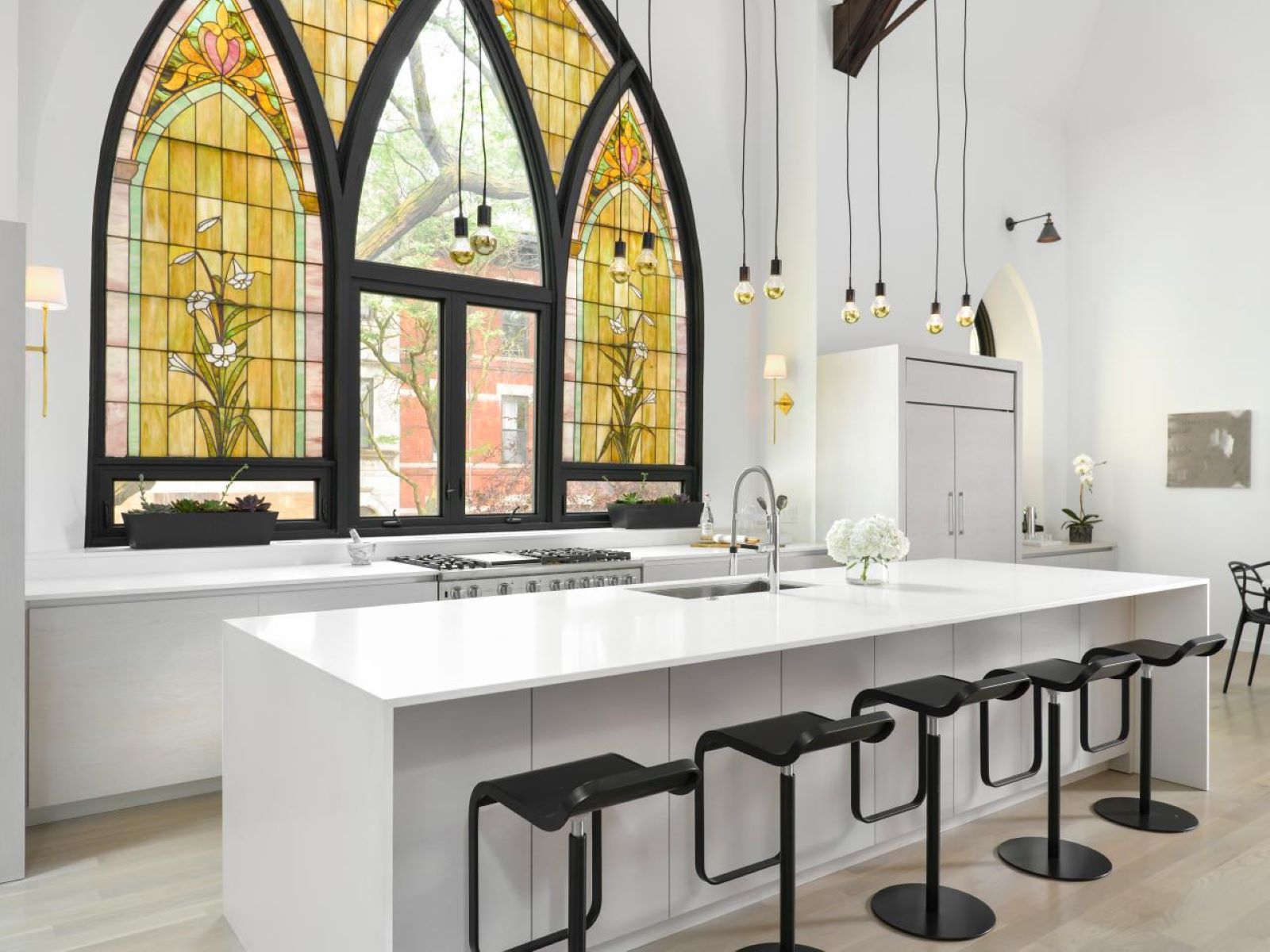

Interior Design Trends
Who Invented Glass Windows
Published: February 5, 2024
Discover the history of glass windows and their impact on interior design trends. Learn about the invention and evolution of this essential element in architecture.
(Many of the links in this article redirect to a specific reviewed product. Your purchase of these products through affiliate links helps to generate commission for Storables.com, at no extra cost. Learn more)
Introduction
Glass windows have become an integral part of modern architecture, offering both functionality and aesthetic appeal. The evolution of glass windows is a fascinating journey that spans centuries, encompassing remarkable innovations and advancements. From their humble beginnings to the sophisticated designs of today, the story of glass windows is a testament to human ingenuity and creativity.
Throughout history, windows have served as essential elements in architectural design, allowing natural light to illuminate interior spaces and offering views of the outside world. The introduction of glass revolutionized the concept of windows, transforming them from mere openings in walls to transparent barriers that provided protection from the elements while allowing light to filter through.
The development of glass windows has not only shaped the way buildings are constructed but has also influenced the overall ambiance and functionality of interior spaces. The ability of glass to create a seamless connection between the interior and exterior environments has made it a sought-after material in architectural design.
As we delve into the history of glass windows, we will uncover the ingenuity of early civilizations and the pivotal moments that led to the widespread use of this transformative architectural element. From the ancient techniques of glassmaking to the modern innovations that have redefined the possibilities of window design, the journey of glass windows is a testament to human curiosity and the relentless pursuit of improvement.
Join us as we embark on a captivating exploration of the early history, pivotal inventions, and contemporary advancements that have shaped the evolution of glass windows. Through this journey, we will gain a deeper appreciation for the significance of glass windows in architecture and the profound impact they have had on the way we experience and interact with the spaces around us.
Key Takeaways:
- Glass windows have a rich history dating back to ancient civilizations, evolving from rudimentary coverings to the transparent, structurally integral windows of today. The journey of glass windows reflects human ingenuity and the relentless pursuit of improvement.
- The invention of crown glass revolutionized the production of transparent panes, paving the way for larger, more versatile windows. The spread of glass windows in Europe reshaped architectural design, influencing the ambiance of interior spaces and reflecting societal progress and modernity.
Read more: Who Invented Bulletproof Glass
Early History of Glass Windows
The early history of glass windows dates back to ancient civilizations, where the concept of transparent openings in structures began to take shape. While the use of glass in windows may seem like a modern innovation, its origins can be traced to the remarkable ingenuity of early societies.
Ancient Roman and Egyptian cultures are credited with some of the earliest instances of glass being used in windows. The Romans, in particular, demonstrated a pioneering approach to glassmaking, utilizing techniques that laid the foundation for the development of transparent panes. These early glass windows, however, were not the clear, flawless sheets we are familiar with today. Instead, they were often translucent and uneven, reflecting the rudimentary methods of glass production at the time.
The evolution of glass windows gained momentum during the Middle Ages, as advancements in glassmaking techniques and architectural design began to converge. The utilization of flattened pieces of animal horn or thinly sliced alabaster as translucent coverings for openings in buildings marked a significant step toward the eventual use of glass as a window material.
The transition from these primitive coverings to true glass windows can be attributed to the innovative spirit of medieval craftsmen. By the 11th century, the production of small, circular panes of glass had become more refined, paving the way for their incorporation into windows. These early glass panes, known as "crown glass," were created by blowing a large bubble of glass, which was then spun rapidly to form a thin, circular sheet. While these panes were far from perfect by today's standards, they represented a crucial leap forward in the evolution of glass windows.
The emergence of stained glass windows in medieval churches further underscored the growing significance of glass as a decorative and functional element in architectural design. These intricate works of art not only showcased the artistic prowess of craftsmen but also demonstrated the potential of glass to transform the ambiance of interior spaces through the manipulation of light and color.
As we reflect on the early history of glass windows, it becomes evident that the journey from rudimentary translucent coverings to the transparent, structurally integral windows of today was marked by relentless experimentation and innovation. The foundations laid by ancient civilizations and medieval artisans set the stage for the remarkable advancements that would shape the future of architectural design and the way we perceive and interact with the built environment.
The Invention of Crown Glass
The invention of crown glass marked a pivotal moment in the evolution of glass windows, representing a significant leap forward in the production of transparent panes. The term "crown glass" refers to a specific method of glassmaking that revolutionized the way glass was crafted and utilized in architectural applications.
The process of creating crown glass involved a remarkable combination of artistry and technical skill. It began with the formation of a large bubble of glass, which was blown by skilled artisans. This molten glass bubble was then attached to a rod and spun rapidly, causing it to flatten and form a thin, circular sheet. The central point where the rod was attached left a distinctive mark known as the "bull's eye," which became a characteristic feature of crown glass panes.
The resulting circular panes of crown glass, while not flawless by modern standards, represented a significant improvement over previous methods of glass production. Their relatively smooth and uniform surface, combined with their transparency, made them highly desirable for use in windows. The introduction of crown glass transformed the architectural landscape, allowing for the creation of larger and more structurally integral windows that could effectively transmit light while providing protection from the elements.
One of the defining characteristics of crown glass was its ability to be cut into various shapes and sizes, allowing for greater flexibility in window design. This versatility opened up new possibilities for architects and craftsmen, enabling them to experiment with different configurations and arrangements of glass panes. The use of crown glass also contributed to the development of more elaborate window designs, as seen in the intricate patterns and decorative elements of stained glass windows in medieval churches and cathedrals.
The widespread adoption of crown glass in architectural applications signaled a significant shift in the way buildings were designed and constructed. The availability of larger, more transparent windows not only enhanced the aesthetic appeal of structures but also improved the overall functionality of interior spaces. Natural light could now permeate deeper into buildings, creating a brighter and more inviting atmosphere.
The invention of crown glass represented a triumph of human ingenuity and craftsmanship, laying the groundwork for the continued evolution of glass windows. Its impact reverberated through the centuries, shaping the way we perceive and interact with the built environment. The legacy of crown glass endures in the modern architectural landscape, serving as a testament to the enduring influence of innovative glassmaking techniques on the design and construction of windows.
The first known use of glass windows was in the Roman Empire around 100 AD. They were small panes held together by lead strips.
The Spread of Glass Windows in Europe
The spread of glass windows in Europe marked a transformative period in architectural history, shaping the way buildings were designed and influencing the overall ambiance of interior spaces. Following the invention of crown glass, the utilization of transparent panes gained momentum across the continent, leading to a widespread adoption of this innovative architectural element.
During the medieval period, the proliferation of Gothic architecture in Europe provided a fertile ground for the integration of glass windows into monumental structures such as cathedrals and churches. The soaring heights and expansive interiors of Gothic buildings presented an opportunity to incorporate large, intricate windows adorned with stained glass, creating awe-inspiring displays of light and color. These magnificent stained glass windows not only served as religious and artistic expressions but also showcased the potential of glass to elevate the sensory experience within architectural spaces.
The architectural innovations of the Renaissance further propelled the popularity of glass windows in Europe. The revival of classical design principles, coupled with advancements in glassmaking techniques, led to the creation of more refined and elaborate window designs. The grand palaces and noble residences of the Renaissance era embraced the use of glass windows as symbols of opulence and sophistication, allowing natural light to illuminate lavish interiors adorned with ornate furnishings and intricate decorations.
The widespread adoption of glass windows in Europe also coincided with the emergence of the Age of Enlightenment, during which the pursuit of knowledge and scientific inquiry flourished. This intellectual awakening fostered a deeper understanding of optics and the properties of light, leading to a heightened appreciation for the transformative effects of natural illumination within architectural spaces. The integration of glass windows in public buildings, private residences, and commercial establishments became emblematic of progress and modernity, reflecting the evolving sensibilities of European society.
As the industrial revolution unfolded, advancements in glass production and manufacturing techniques further democratized the availability of glass windows, making them more accessible to a broader segment of the population. The proliferation of urban centers and the construction of industrial buildings necessitated the use of large, functional windows to facilitate ventilation and illuminate factory floors, contributing to the widespread incorporation of glass windows in the architectural fabric of European cities.
The spread of glass windows in Europe not only reshaped the aesthetic and functional aspects of architectural design but also influenced the way people experienced and interacted with the built environment. The seamless integration of transparent panes into buildings fostered a deeper connection between interior and exterior spaces, allowing for unobstructed views of the surrounding landscapes and urban vistas. This integration of glass windows not only transformed the physical appearance of structures but also enriched the human experience within architectural spaces, underscoring the enduring impact of this remarkable architectural innovation.
The journey of glass windows in Europe reflects the convergence of artistic, technological, and societal forces that have shaped the evolution of architectural design. From the soaring heights of Gothic cathedrals to the refined elegance of Renaissance palaces, the spread of glass windows across Europe has left an indelible imprint on the architectural heritage of the continent, serving as a testament to the enduring allure and versatility of this transformative architectural element.
Modern Innovations in Glass Windows
The evolution of glass windows has continued into the modern era, marked by groundbreaking innovations that have redefined the possibilities of window design and functionality. Advancements in materials, manufacturing techniques, and architectural concepts have propelled glass windows into new realms of creativity and performance, shaping the way we perceive and interact with the built environment.
One of the most notable modern innovations in glass windows is the development of energy-efficient glazing solutions. With a growing emphasis on sustainability and environmental consciousness, architects and engineers have turned their attention to enhancing the thermal performance of buildings through advanced glazing technologies. Double and triple glazing systems, featuring multiple layers of glass separated by insulating gas-filled spaces, have significantly improved the insulation properties of windows, reducing heat loss and enhancing overall energy efficiency. Low-emissivity (low-E) coatings applied to glass surfaces further contribute to the control of heat transfer, allowing for optimal thermal comfort within interior spaces while minimizing the reliance on mechanical heating and cooling systems.
The integration of smart technologies into glass windows represents another groundbreaking innovation that has transformed the way we interact with architectural elements. Smart glass, also known as switchable glass, incorporates electronically controlled properties that enable it to transition between transparent and opaque states in response to external stimuli such as light, heat, or electrical signals. This dynamic functionality not only provides privacy and glare control but also offers opportunities for adaptive shading and daylight harvesting, optimizing natural light utilization within buildings while enhancing occupant comfort and well-being.
Innovations in glass manufacturing techniques have also led to the creation of larger, structurally robust windows that blur the boundaries between interior and exterior spaces. The use of structural glazing systems, characterized by the bonding of glass panels to building structures without visible framing elements, has enabled the realization of expansive, uninterrupted views and visually striking architectural compositions. This seamless integration of glass into building envelopes has redefined the aesthetic and spatial potential of windows, fostering a sense of openness and connectivity with the surrounding environment.
Furthermore, the exploration of innovative glass coatings and treatments has expanded the expressive and functional capabilities of windows. Self-cleaning coatings, anti-reflective treatments, and decorative finishes have enhanced the durability, visual clarity, and aesthetic diversity of glass windows, offering architects and designers a versatile palette to realize their creative visions while addressing practical performance requirements.
The advent of photovoltaic glass, capable of harnessing solar energy while maintaining transparency, represents a significant stride toward sustainable building integration and renewable energy generation. By seamlessly integrating solar power generation into building facades and windows, photovoltaic glass contributes to the dual functionality of capturing sunlight for energy production while allowing natural light to illuminate interior spaces, exemplifying the harmonious fusion of environmental stewardship and architectural innovation.
The modern era has witnessed a renaissance of glass as a dynamic, multifaceted material that transcends traditional notions of window design and performance. These innovative advancements in glass windows underscore the ongoing pursuit of excellence in architectural design and the enduring relevance of glass as a transformative medium that shapes the way we experience and engage with the built environment.
Read more: Who Invented The Martini Glass
Conclusion
The evolution of glass windows represents a captivating journey that spans millennia, encompassing remarkable innovations, cultural influences, and technological advancements. From their humble origins in ancient civilizations to the cutting-edge innovations of the modern era, glass windows have left an indelible imprint on architectural design and the human experience within built environments.
The early history of glass windows, characterized by the ingenuity of ancient Roman and Egyptian cultures, laid the groundwork for the transformative role that glass would come to play in architectural design. The invention of crown glass during the medieval period marked a pivotal moment, ushering in an era of larger, more transparent windows that revolutionized the way buildings were constructed and illuminated. The spread of glass windows in Europe, from the soaring heights of Gothic cathedrals to the refined elegance of Renaissance palaces, reflected the evolving sensibilities of society and the enduring allure of transparent panes as a symbol of progress and modernity.
The modern era has witnessed a renaissance of glass as a dynamic, multifaceted material, with groundbreaking innovations in energy-efficient glazing, smart technologies, structural applications, and sustainable integration. These advancements have not only redefined the aesthetic and functional potential of glass windows but have also contributed to the pursuit of environmental sustainability and occupant well-being within architectural spaces.
As we reflect on the journey of glass windows, it becomes evident that their impact extends far beyond their utilitarian function. Glass windows have the power to shape the way we perceive and interact with the built environment, fostering a sense of openness, connectivity, and harmony with the surrounding landscapes. They serve as conduits for natural light, offering glimpses of the outside world while creating luminous, inviting interiors that enhance the human experience within architectural spaces.
The enduring allure of glass windows lies in their ability to transcend the boundaries between interior and exterior, light and space, tradition and innovation. They stand as testaments to human creativity, craftsmanship, and the relentless pursuit of excellence in architectural design. As we look toward the future, the journey of glass windows continues, propelled by the enduring quest for beauty, functionality, and sustainability in the built environment.
Frequently Asked Questions about Who Invented Glass Windows
Was this page helpful?
At Storables.com, we guarantee accurate and reliable information. Our content, validated by Expert Board Contributors, is crafted following stringent Editorial Policies. We're committed to providing you with well-researched, expert-backed insights for all your informational needs.
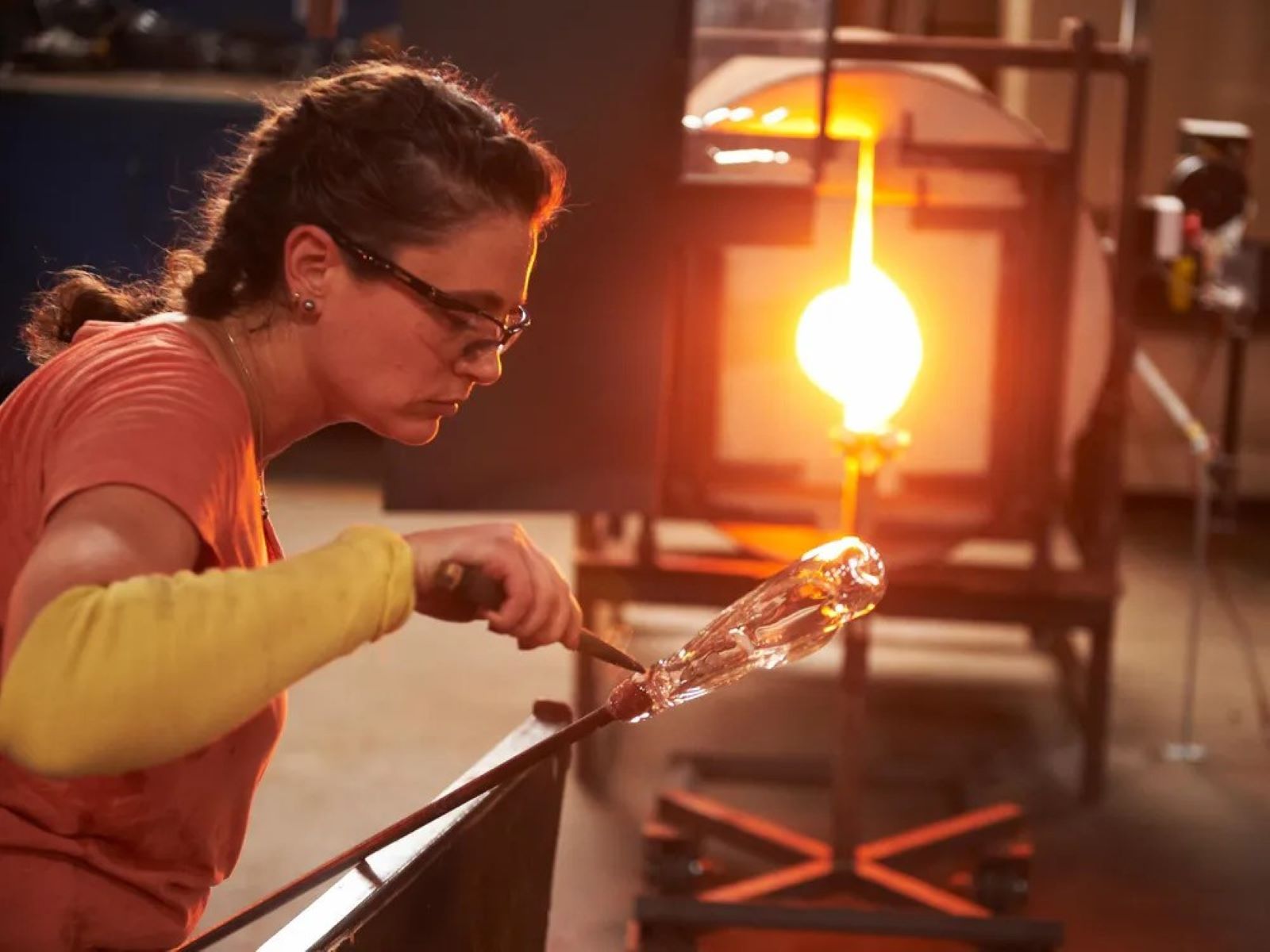
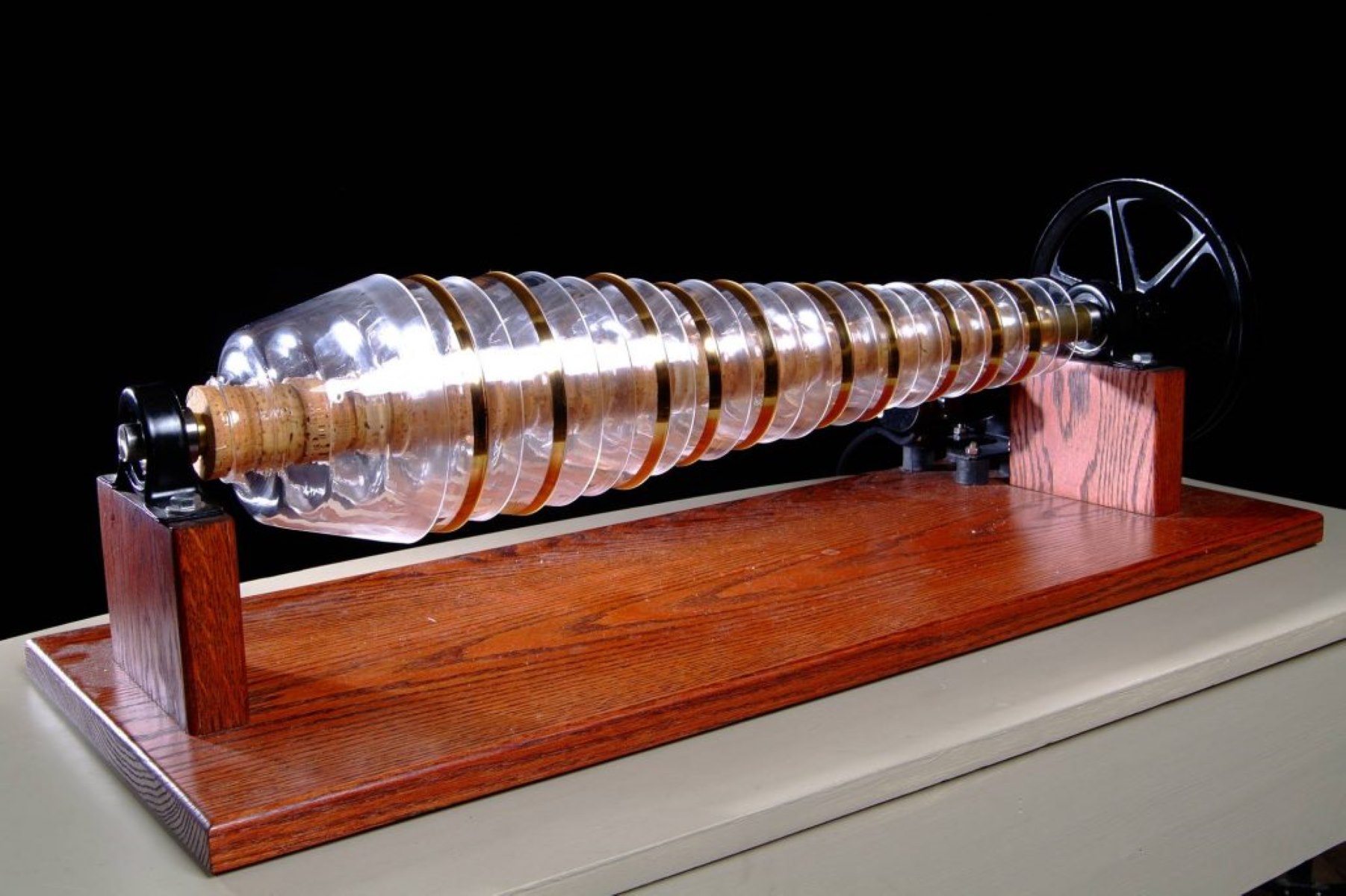
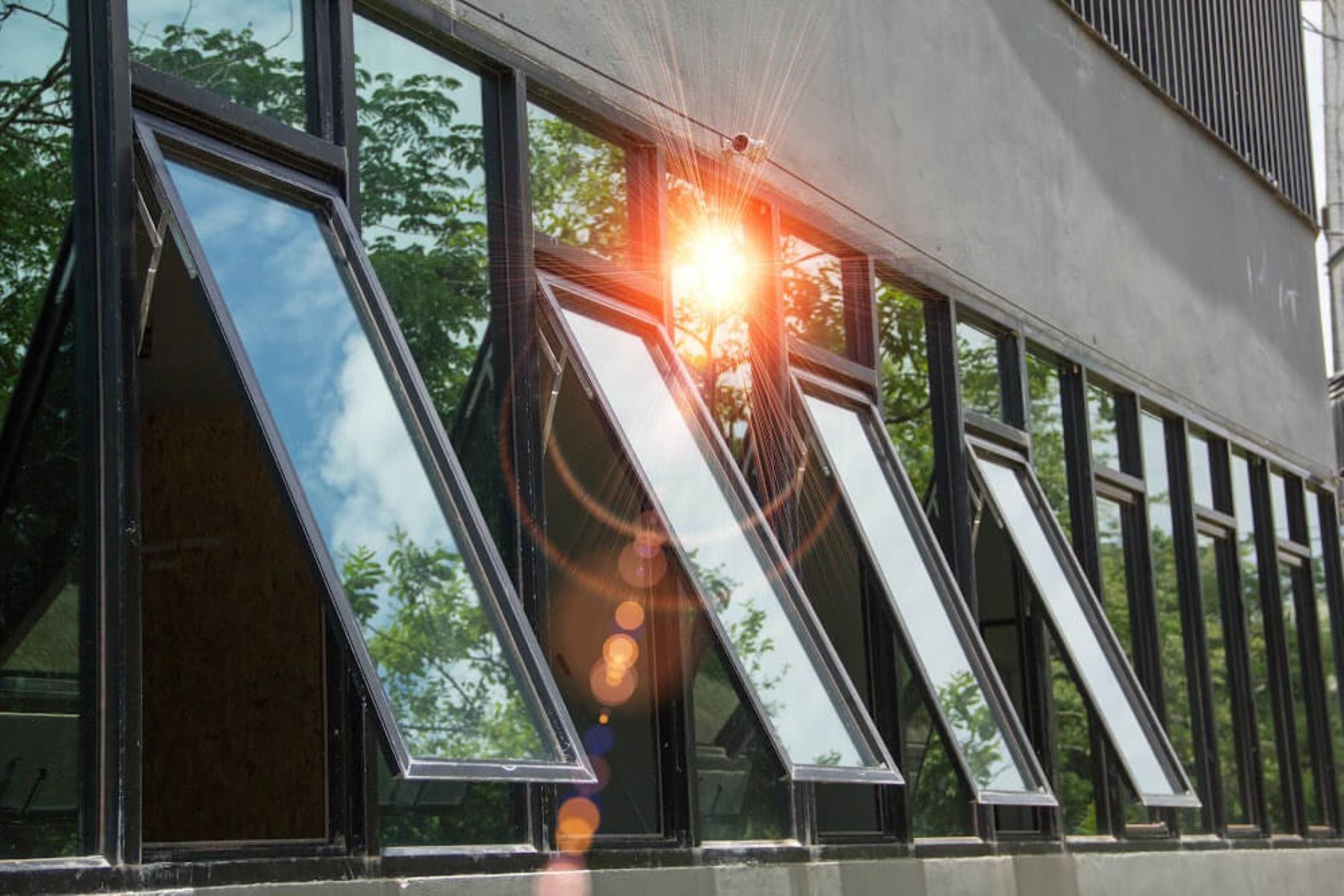
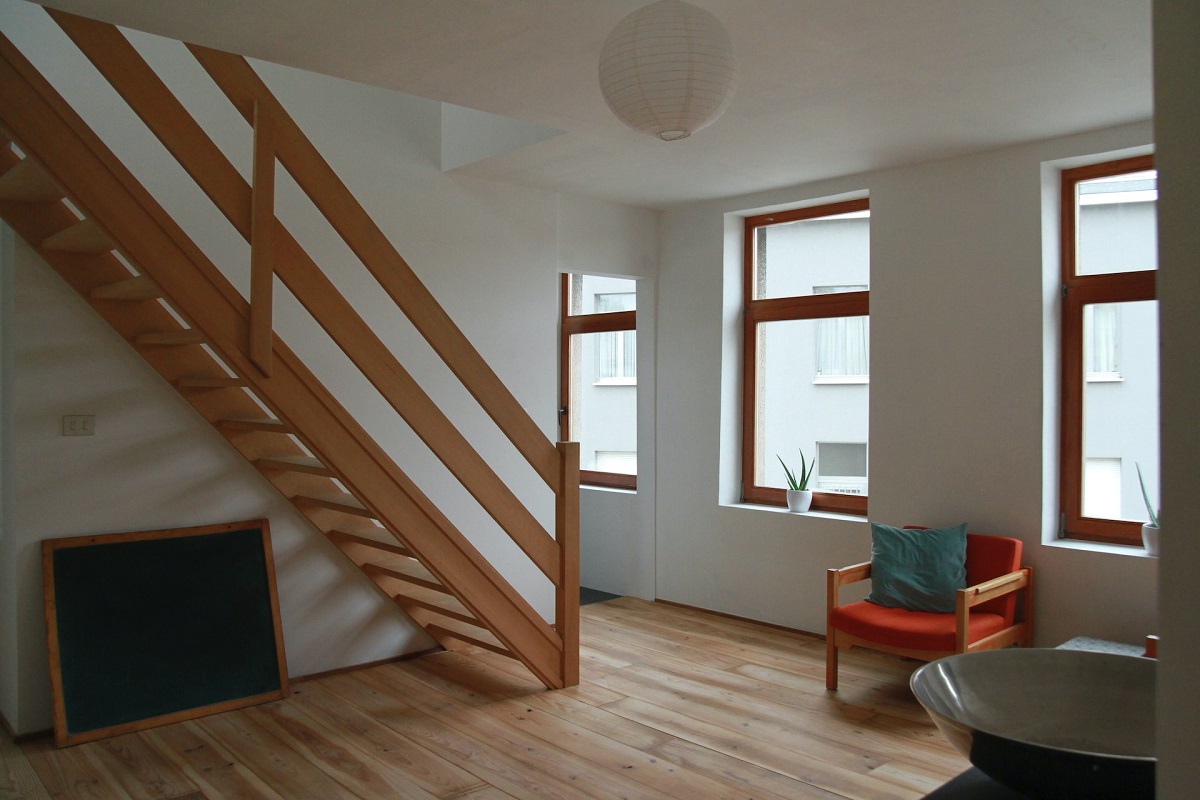

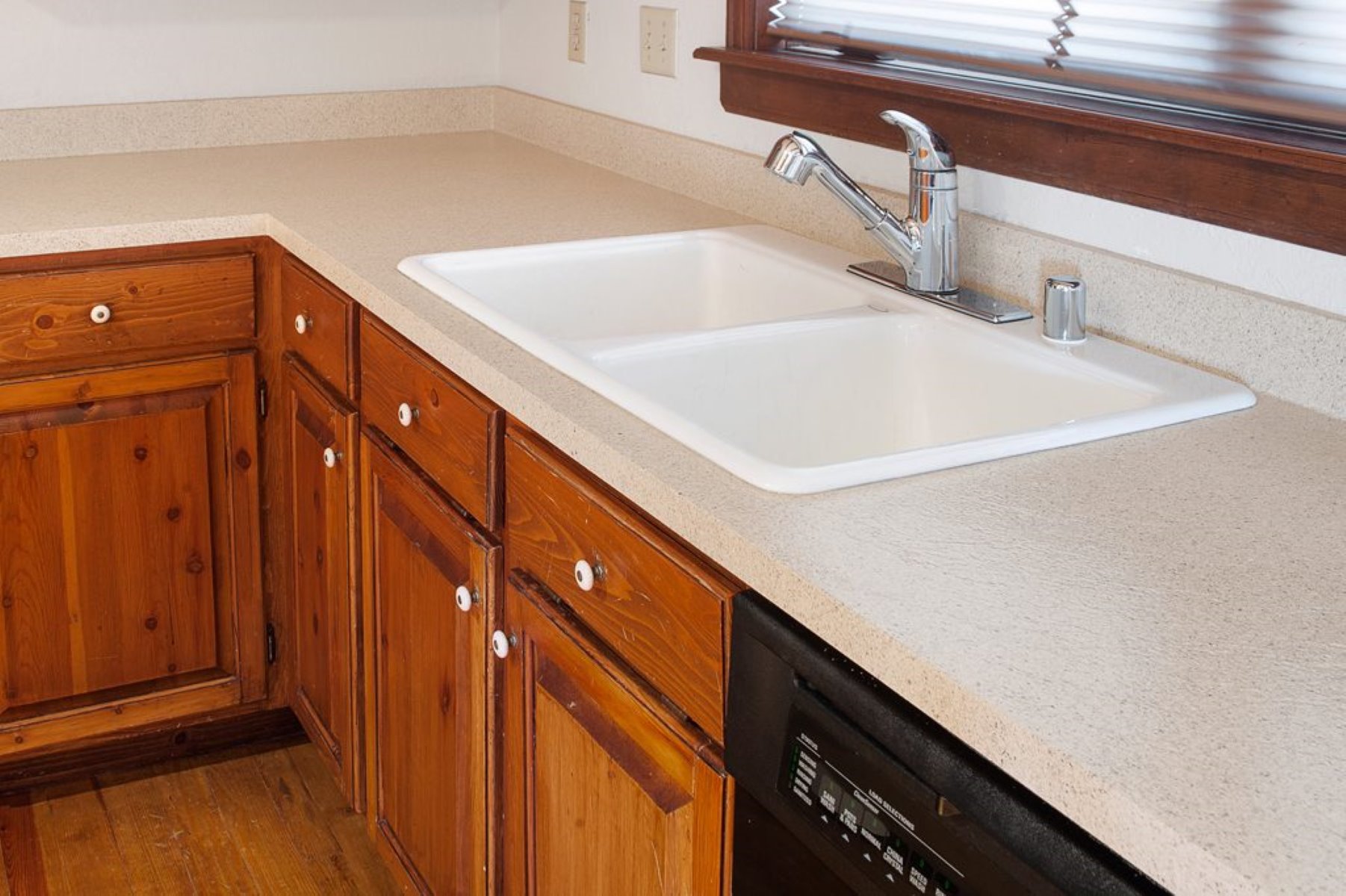
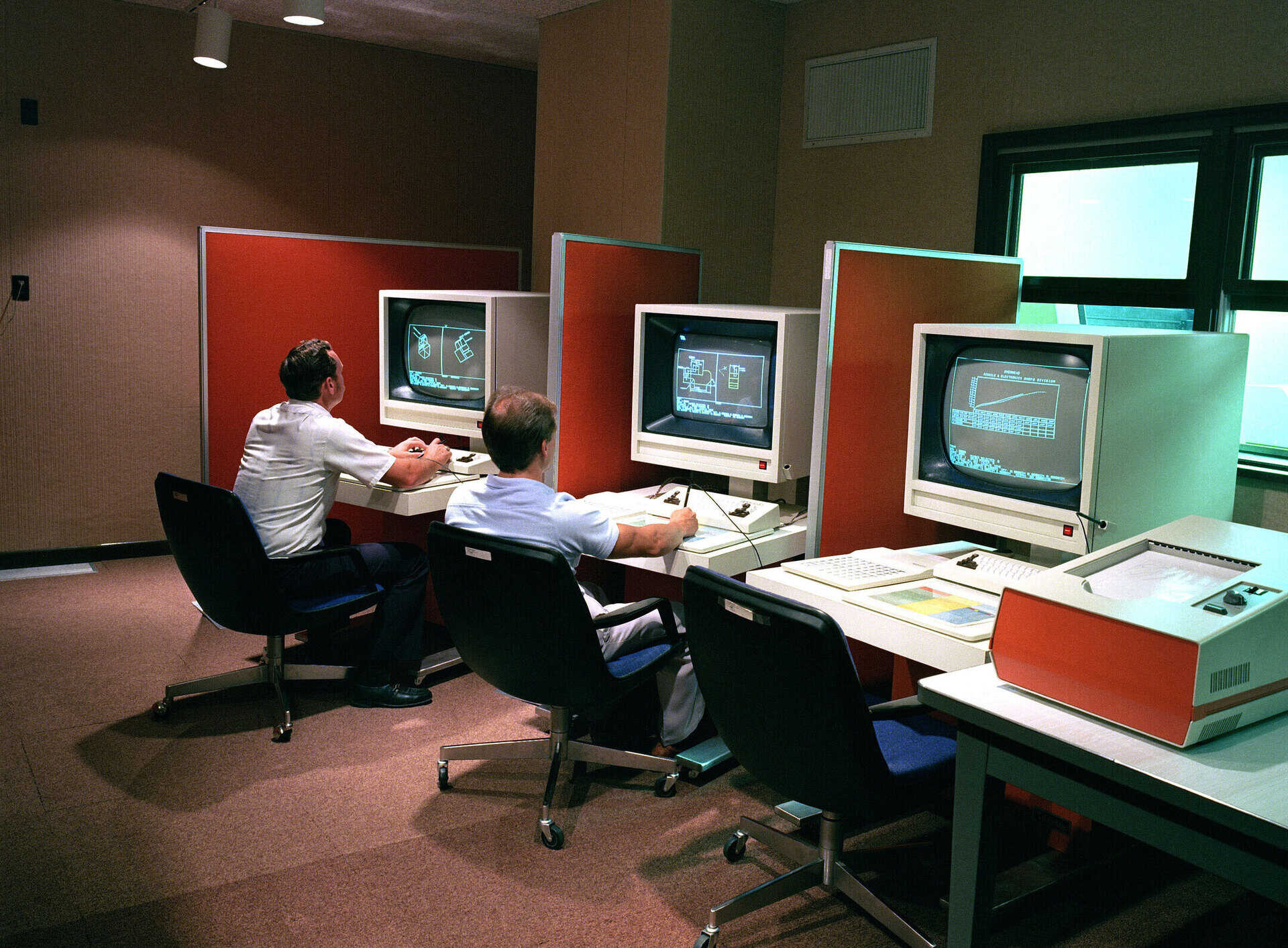
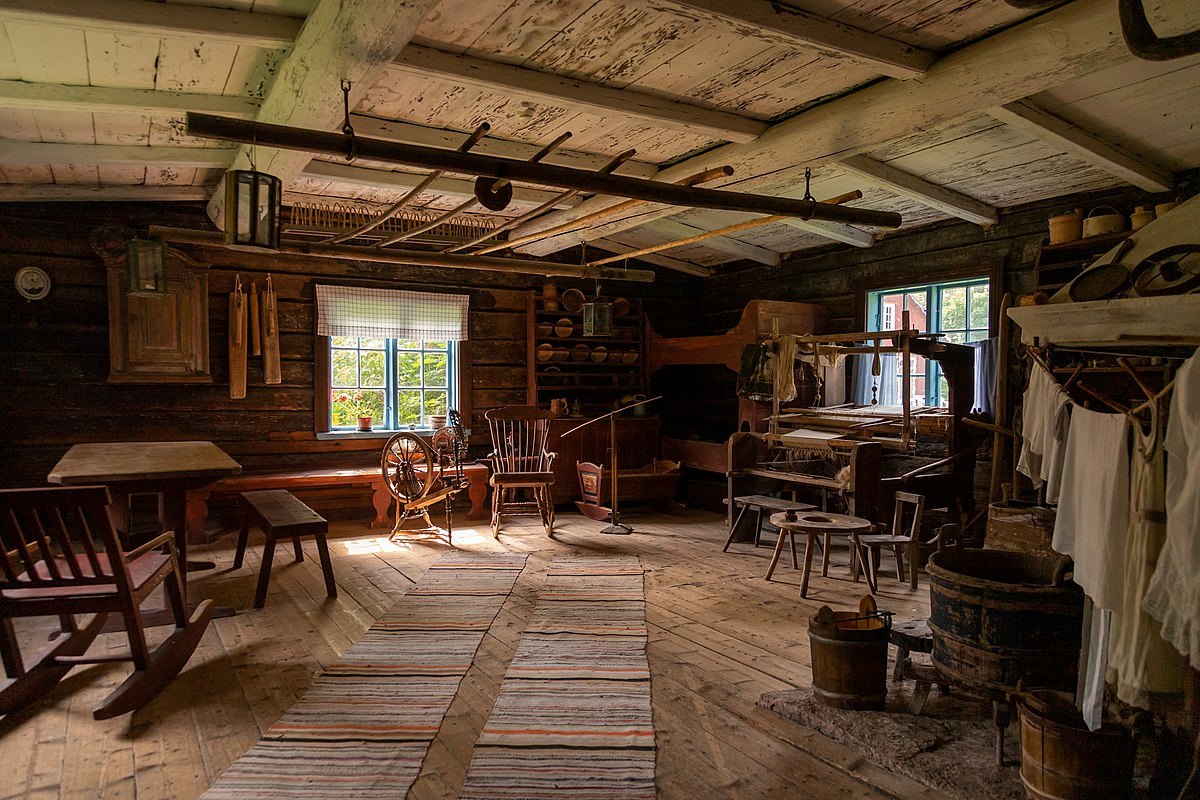


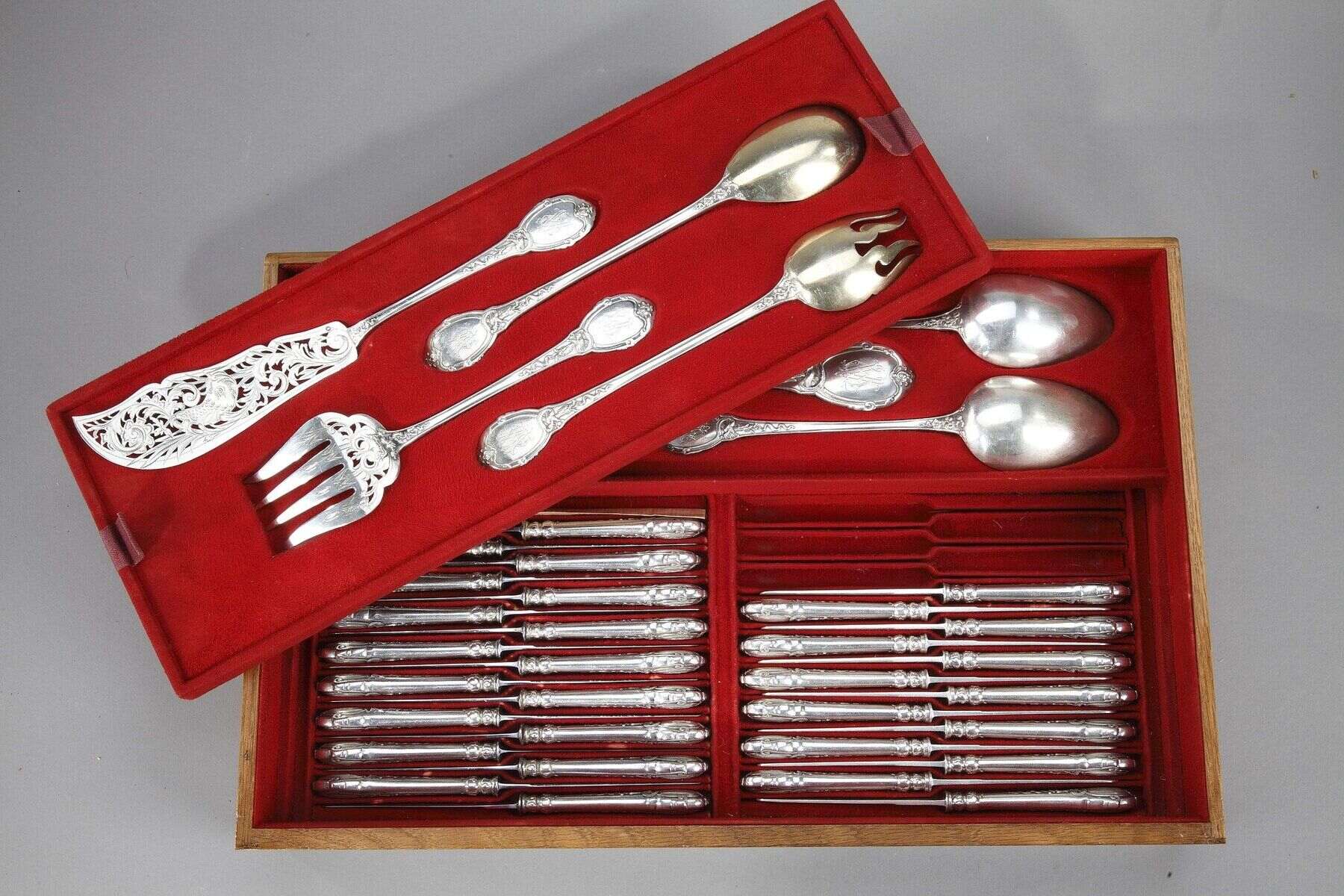




0 thoughts on “Who Invented Glass Windows”